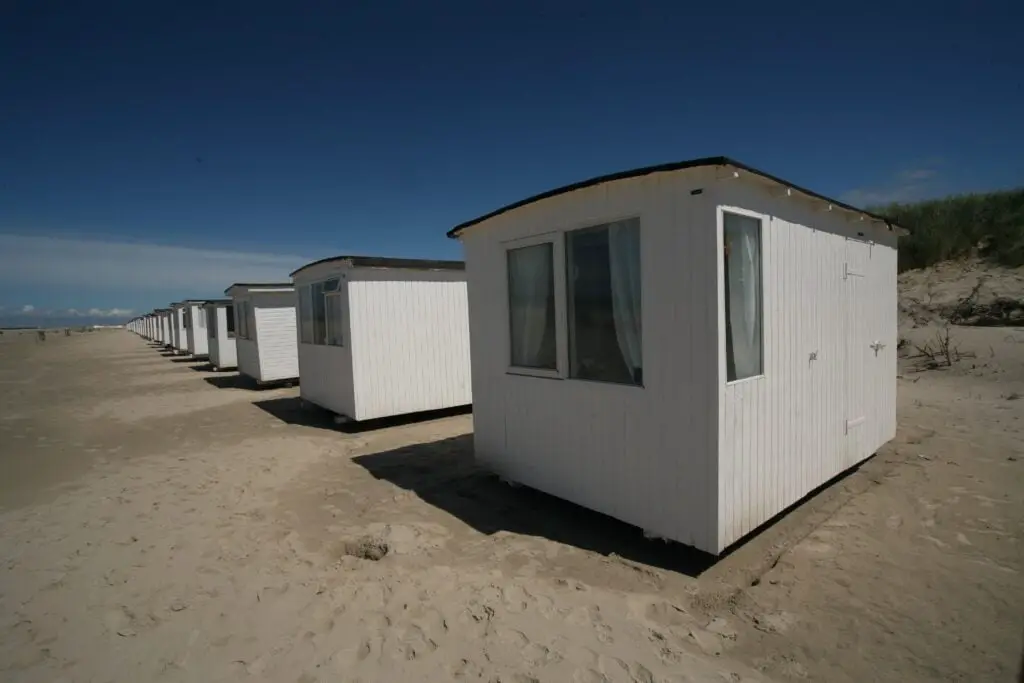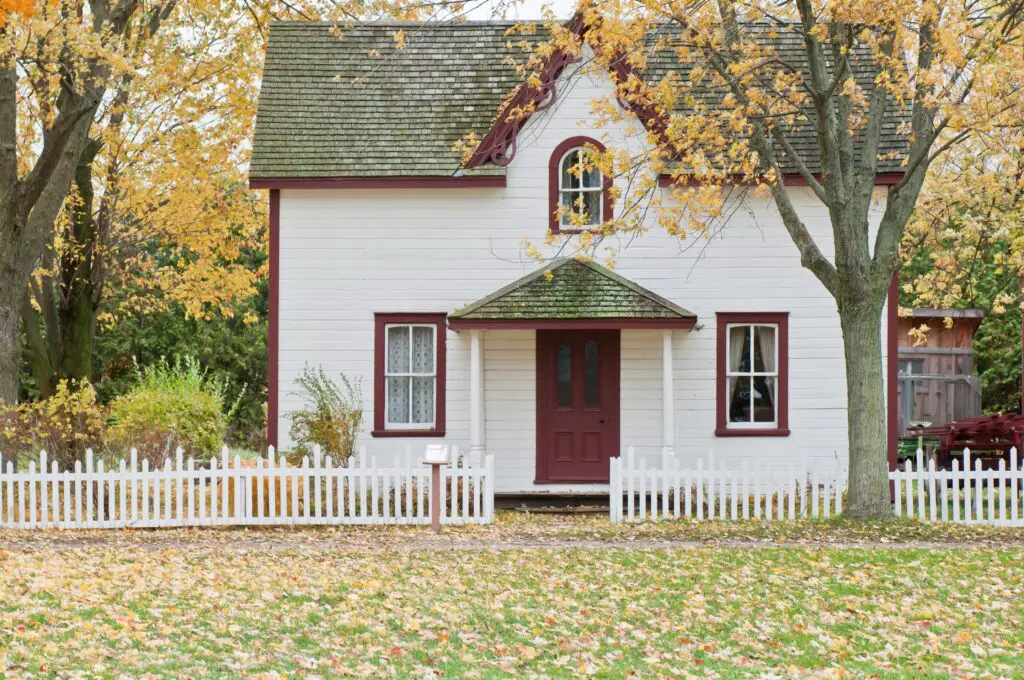Economical construction in the Philippines is a pressing issue that needs urgent attention. The country is facing a housing backlog of around 6.6 million units, according to the Housing and Urban Development Coordinating Council (HUDCC).

This means that millions of Filipinos do not have access to decent and affordable housing. In this article, we will discuss the challenges and opportunities for economical construction in the Philippines.
Challenge 1: High cost of construction materials
One of the main challenges to achieving economical construction in the Philippines is the high cost of construction materials. The country imports most of its construction materials, which makes them more expensive due to shipping costs and taxes. Additionally, the supply of construction materials is often limited, which drives up prices.
Opportunity 1: Promote the use of locally sourced materials
To address the challenge of high cost of construction materials, the use of locally sourced materials can be promoted. This can be cheaper and more sustainable. For example, bamboo is a renewable and durable material that can be used for construction.
Challenge 2: Lack of skilled labor
Another challenge to achieving economical construction in the Philippines is the lack of skilled labor in the construction industry. Many construction workers in the Philippines are unskilled or undertrained, which leads to poor quality workmanship and delays in project completion. This can drive up the cost of construction and make housing less affordable.
Opportunity 2: Invest in skills training for construction workers
To address the challenge of lack of skilled labor, the government can invest in skills training for construction workers. This can help improve the quality of workmanship and make projects more efficient. The government can also work with industry associations and private companies to provide training and certification programs for construction workers.
Challenge 3: Need for innovative and sustainable approaches
Finally, there is a need for more innovative and sustainable approaches to economical construction in the Philippines. This includes the use of new technologies, such as 3D printing and modular construction, which can reduce construction time and costs. It also includes the use of green building practices, such as passive cooling and renewable energy, which can reduce energy costs and improve the overall sustainability of housing projects.
Opportunity 3: Adopt innovative and sustainable approaches to construction
To address the challenge of the need for innovative and sustainable approaches, the Philippines can adopt new technologies and green building practices. This can reduce construction time and costs, as well as energy costs and improve the overall sustainability of housing projects.
Conclusion
In conclusion, the issue of economical construction in the Philippines is complex and multifaceted. While there are challenges to be addressed, there are also opportunities for innovation and progress. By promoting the use of locally sourced materials, investing in skills training for construction workers, and adopting innovative and sustainable approaches to construction, the Philippines can make progress in addressing its housing backlog and providing affordable and decent housing for all.
To see other material construction prices, please see here.
To know other construction guides, tips, and methodology for beginners, veterans, and contractors, please see here.

